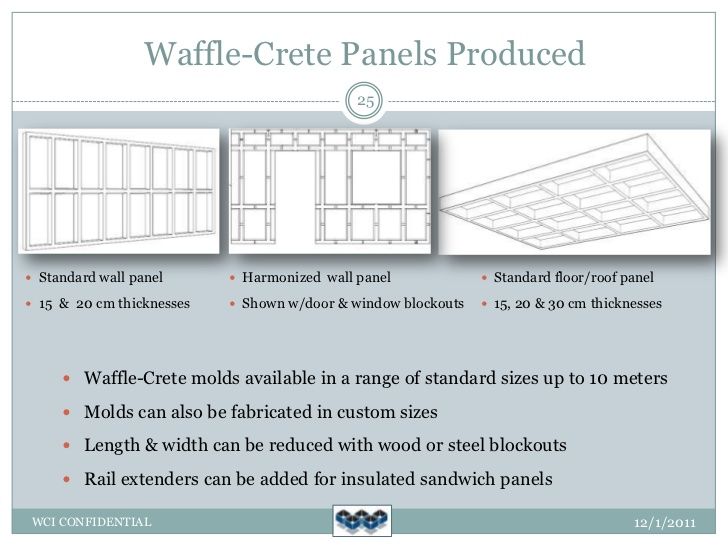Likewise for jobs that will be permitted in 2014 the design professional should specify insulation thickness based on the 5 7 r inch design guideline associated with the new lttr test method.
R30 roof insulation thickness.
Professional should specify insulation thickness based r value on the 6 0 r inch design guideline associated with the old lttr test method.
Eight inches of poor quality insulation may have a higher and better r value than one inch of top quality insulation.
R30 c r30 r38 c r38 insulation thickness 1 75 2 5 3 5 3 5 3 5 6 25 5 5 6 5 8 8 5 10 10 12 all listed thicknesses are approximate and may vary by 0 5 inches.
Insulation thickness to reach the r 30 value depends on the insulation material but fiberglass batts of r 30 insulation are 9 1 2 inches thick.
Rated r value and thickness of insulation r value r6 r11.
Typical recommendations for exterior walls are r 13 to r 23 while r 30 r 38 and r 49 are common for ceilings and attic spaces.
Note that r30 batt insulation thickness is just 9 1 2 inches thick where as r 49 batt insulation thickness is 15 1 2 inches.
As a foil faced polyisocyanurate foam insulation enerfoil tm s r value actually more than doubles.
See the department of energy s doe ranges for recommended levels of insulation below.
This is a significant difference and thus why r 49 batt insulation is used typically in colder climates.
Rigid foam insulation provides the same r factor with approximately one half the thickness.
Drill holes in the sheathing and blow insulation into the empty wall.
Achieving greater r values in attics the higher the r value the better the thermal performance of the insulation.
Wall insulation whenever exterior siding is removed on an.
Fiberglass panels and rolls with an r 30 insulation value have a typical thickness of eight to nine and a half inches.
The thickness of r 30 insulation varies depending on the type of insulation used.





























